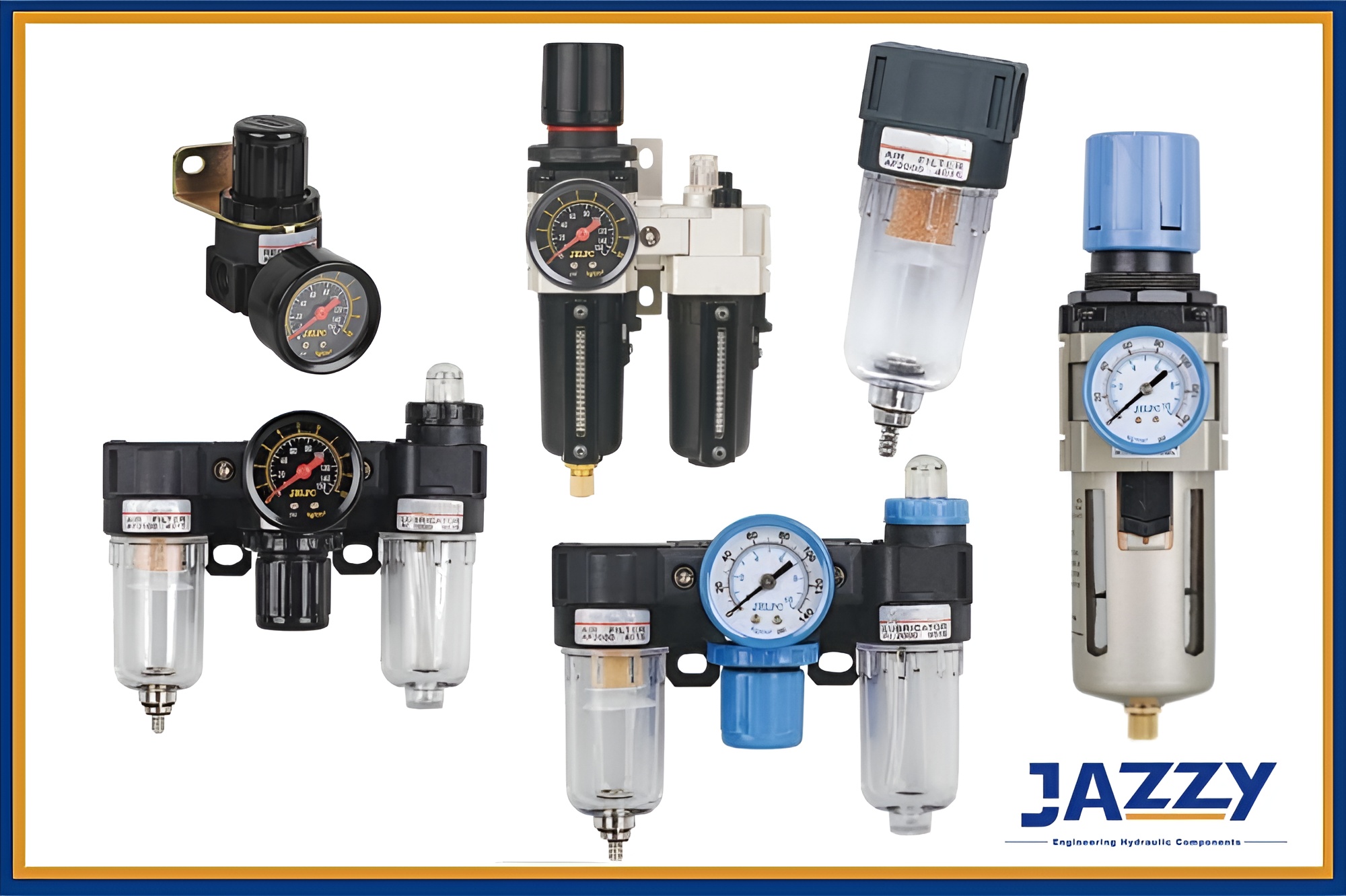Email:johnny@jazzyindustrial.com
Mob: +8613957800923
Rm. (5-2), Bldg. 045, No. 163, Ruiqing Road, Yinzhou Dist., Ningbo, Zhejiang, China
Email:johnny@jazzyindustrial.com
Mob: +8613957800923
Rm. (5-2), Bldg. 045, No. 163, Ruiqing Road, Yinzhou Dist., Ningbo, Zhejiang, China
Views: 0 Author: October 31, 2024 by Anju Thangam Joy Publish Time: 2025-09-09 Origin: https://tameson.com/pages/air-compressor-filter-replacement









Compressed air is utilised across various industries, including manufacturing, automotive, and food and beverage production. However, the air taken into a compressor often contains contaminants that can harm equipment, decrease efficiency, and affect product quality. Compressed air filters are essential for eliminating these impurities, ensuring the air remains clean and fit for use.
Protect Equipment: By removing contaminants, filters prevent damage to pneumatic tools and machinery.
Improve Efficiency: Clean air ensures that equipment operates at peak efficiency, reducing energy consumption and maintenance costs.
Ensure Product Quality: In industries like food and beverage, pharmaceuticals, and electronics, clean air is essential to maintain product quality and safety.
Extend Equipment Life: Regular filtration reduces wear and tear on equipment, extending its lifespan.
There are several air compressor filters types, each designed to remove specific types of contaminants. Understanding the different types of filters and their applications is essential for selecting the right filter for your needs.
PRODUCTS
Compressed air filters work by utilising different filtration principles depending on the type of filter. Here's a brief overview of how each type of filter operates:
Particulate filters use a fine mesh or membrane to trap solid particles. As compressed air passes through the filter, contaminants are captured on the surface of the membrane, allowing clean air to pass through. These filters are effective at removing particles down to a few microns in size.
Coalescing filters use a combination of mechanical and chemical processes to remove liquid contaminants. As compressed air passes through the filter, small droplets of water and oil coalesce into larger droplets. These larger droplets are then captured by the filter media and drained away, leaving clean, dry air.
Activated carbon filters use adsorption to remove gaseous contaminants. The activated carbon in the filter has a large surface area with many pores, which attract and trap gaseous molecules. As compressed air passes through the filter, harmful gases and odors are adsorbed onto the carbon, ensuring that the air is clean and odor-free.
Identify Contaminants: determine the types of contaminants present in your compressed air system. This may include particulates, water, oil, and gaseous contaminants. Understanding the specific impurities will help you choose the appropriate filter type.
Determine Air Quality Requirements: different applications require different levels of air purity. For example, the food and beverage industry requires extremely clean air, while pneumatic tools may have less stringent requirements. Refer to industry standards and guidelines to determine the required air quality for your application.
Consider Filter Efficiency: filter efficiency is measured by the size of particles the filter can remove and the percentage of contaminants it can capture. Higher efficiency filters can remove smaller particles and a higher percentage of contaminants, but they may also have higher pressure drops and maintenance requirements.
Evaluate Cost and Maintenance: consider the initial cost of the filter, as well as ongoing maintenance and replacement costs. High-efficiency filters may have higher upfront costs, but they can provide long-term savings by reducing equipment wear and improving efficiency.
©️ Ningbo Jazzy Industrial Co., Ltd.